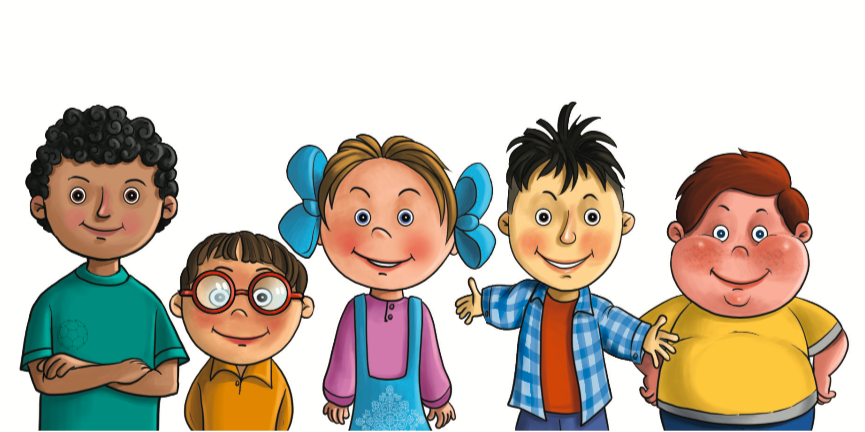
Identity is a multifaceted concept, encompassing a unique set of qualities that distinguishes one individual from another. It evolves over time, shaped by various factors, and plays a pivotal role in a child's development. In this blog, we delve into the intricacies of identity formation in children, exploring the key elements that contribute to their sense of self.
The Building Blocks of Identity
1. Name: A child's name holds significant importance, serving as a cornerstone of their identity. The way others use and perceive their names shapes their understanding of self.
2. Physical and Personal Traits: From physical features to personal characteristics, children gradually develop a sense of self through self-reflection. This includes how they perceive their appearance, personality traits, and how others view them.
3. Relationships and Social Roles: Interactions with others and the roles children play in various groups, such as family, school, or sports teams, contribute significantly to their identity. How they see themselves in relation to others is a crucial aspect.
4. Abilities and Hobbies: Cognitive and physical abilities, along with favorite hobbies, add layers to a child's identity. These skills and interests shape their self-perception and how they relate to the world.
5. Cultural and Personal Background: Factors like age, gender, language, nationality, and religion are integral components of a child's identity, connecting them to their cultural and personal background.
Factors Influencing Identity Construction
Children begin to categorize themselves based on positive and negative qualities, forming a nuanced understanding of who they are. Positive qualities, such as love, cooperation, and honesty, contrast with negative traits like selfishness or arrogance.Several external factors contribute to the construction of a child's identity:
- Relationships and Interactions: Family, friends, teachers, and the community all play a role in shaping a child's identity.
- Group Belonging: Being part of various groups fosters a sense of identity, whether it's a family, school, sports team, or homeland.
- Life Experiences: Events and experiences throughout a child's life contribute significantly to their identity formation.
Fostering Healthy Identity Development
As educators and parents, there are ways to positively impact a child's sense of identity:
- Encouraging Pride: Foster a sense of pride in children's identity and language.
- Enriching Language: Introduce diverse language and terminology for self-definition.
- Inspiring Discovery: Encourage activities like role-playing to help children discover their identities.
- Avoiding Negative Comparisons: Refrain from making negative comparisons between children, especially in public.
- Respecting Differences: Instill respect for differences in appearance, gender, and race.
- Discouraging Nicknames: Discourage the use of nicknames based on physical features, promoting a culture of respect.
By nurturing a positive and inclusive environment, we can empower children on their journey of self-discovery, helping them build a strong and resilient sense of identity.